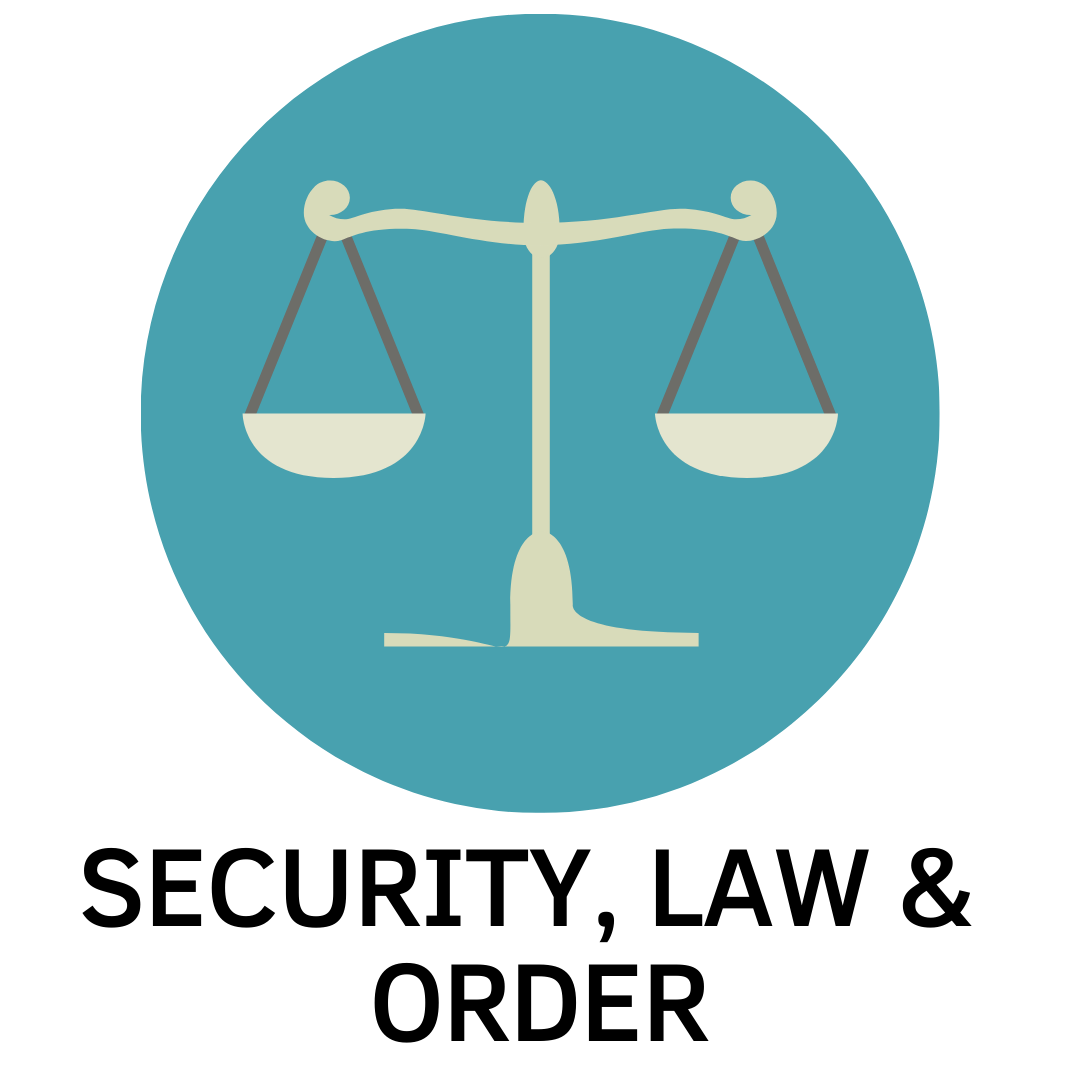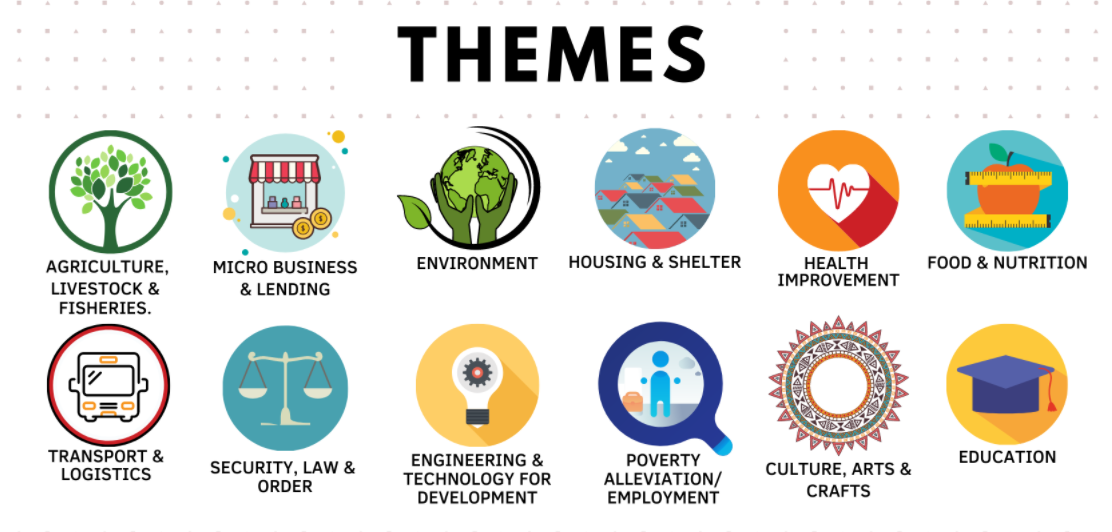Culture, Arts and Crafts
Crafts in Pakistan are extremely diverse and are a potent expression of the skill and ingenuity of the artisans belonging to various regions of the country. A need for systematic cataloguing and mapping of crafts has been felt for a long time, even though efforts have been made by public and private sector for craft promotion. Pakistan has a diverse history of handicrafts. The entire timeline of its culture was studied through ages. However, it lacks actual dates and origin despite flourishing the great Indus Valley Civilization through Pakistan. On the other hand, experts claim that 80% of south Asian craftsmanship are still found in Pakistan, and the former craftsmen were mostly from the different regions of the country.
People of Karachi used to sell "jewelry, ornaments, textiles, furniture, leather goods" and other handmade items in markets that gives an impression of its historical existence.Truck art is one of the prominent traditional techniques used to decorate vehicles such as trucks, lotteries, rickshaws with poetic calligraphy It was used by the people before 1950s. However, it became known in 1970s when euromericans and other foreign tourists came to Pakistan. They explored "heavily painted and decorated trucks and buses" found on the streets of Pakistan.

Agriculture, livestock and Fisheries
Sindh has a geographical area of 140,900 square kilometers. The Province lies between 23 and 29-degree north latitude (near tropic of cancer) and 67 and 71 degrees’ east longitude. The Province is surrounded by land in all directions, there is Arabian sea in the south west. According to the climatic and soil condition of the province, different areas are suitable for different crops e.g., lower part of the province is best for sugarcane, coconut, banana and papaya plantation. The plains of middle Sindh are suitable for dry crops. In the Upper Sindh and right bank areas of the Indus river crop is grown richly. The Eastern portion of the province and kacho areas are suitable for rain fed crops, like millets and guar.
Challenges faced in agriculture sector is poor access to reliable and timely market information for the farmers, absence of supply & demand forecasting, poorly structured and inefficient supply chains, inadequate cold storage facilities and shortage of proper food processing units, large intermediation between the farmers and the consumers are some of the major causes for the losses. In the short-term, yield directly impacts a farmer’s cash flow and the ability to respond to fluctuations in the market. Long-term, yield limits a farmer’s ability to invest into their farm’s future to increase productivity and decrease risks associated with their crops (via inputs such as seeds, fertilizer, crop insurance, market/weather info, livestock health support, etc.) but also to invest into their families in areas such as education, healthcare, training, etc.
The livestock waste is major source of noxious gases, harmful pathogens and odor; hence, it has public health and environmental concern. Hence, livestock waste is to be managed properly to mitigate production of these pollutants in order to protect environment. Proper utilization of livestock waste into biogas, compost and vermicomposting making can be very useful to increase crop yield and sustainability.

Education
Education in common usage that education is merely the delivery of knowledge, skills and information from teacher to student is inadequate to capture what is really important about the person. Educations provides a decent way of living. It is believed that a huge reason for the primary school’s illiteracy rate in Sindh is due to extreme poverty. Parents have the burden to somehow feed their undernourished children. As a result, many families opt to send their children to Madrassahs rather than primary schools, where children are provided with meals as well as education.
There is no easy solution to this longstanding education emergency in Sindh. While the entire education sector in Pakistan is in dire need of reforms, the crisis in Sindh is particularly alarming, with almost half of the youth population in Sindh having never stepped foot in a school. Another challenge being faced by Sindh is the quality of the education. The findings of the National Education Assessment System (NEAS), Provincial Education Assessment System, Standard Achievement Test, and others confirm apprehensions that public education is on the verge of collapse.

Environment
From imperial ‘unhappy valley’, to decapitated province, commercial capital, and 21st century megacity, this article reflects on relations of separateness and connectivity between Sindh and its capital city Karachi. These culminated in Pakistan’s post-Independence years, in official and political language, governances of national, provincial and city division, and political rhetoric and violence. The assessment of environmental health effects and their economic costs presented in this publication was undertaken in early 2012. Assessment methodologies have undergone several major developments. Among the problems, inadequate water supply, sanitation, and hygiene has the highest cost; air pollution, both in urban areas and within households, is another pressing challenge. The problems associated with degradation of natural resources and losses from floods and other natural disasters have a cost equal to 5.3 per cent of the province’s GDP.

Food and Nutrition
Major nutritional problems in Pakistan are low birth weight due to poor maternal nutrition, protein-energy malnutrition, anemia, and iodine deficiency. Malnutrition is one of the foremost socio-economic problems faced by developing countries like Pakistan. It takes place owing to insufficient or imbalanced nourishment and poor sanitary conditions and hygiene practices. It results in poor health and education outcomes and impedes economic growth and human development. Sindh is severely affected by intensifying malnutrition and stunting indicators. As many as 48 per cent children under the age of five are stunted while 35pc of them are severely stunted. It is a national responsibility of state institutions to fight malnutrition and stunting. They need to bring all stakeholders to a single platform and implement policies by mobilizing resources from domestic as well as international sources.

Health Improvement
Pakistan as a developing country is struggling in many domains due to which the health system has suffered a lot. As a result of that, Pakistan is ranked 122nd out of 190 countries in a World Health Organization performance report. According to the study Pakistan has seen improvement in healthcare access and quality since 1990, with its HAQ index increasing from 26.8 in 1990 to 37.6 in 2016. Pakistan's population is around 185 million out of which more than 70 million people are living below the poverty line. The proportion of population which has access to improved drinking water and sanitation is 91% and 64% respectively. The healthcare delivery system includes both state and non-state; and profit and not for profit service provision. The country’s health sector is marked by urban-rural disparities in healthcare delivery and an imbalance in the health workforce, with insufficient health managers, nurses, paramedic and skilled birth attendants in the peripheral areas.

Engineering and Technology for development
Engineering technology is the practical application of science and engineering to a wide range of real world problems. A professional engineering technologist's job responsibilities require technical and practical knowledge. They can apply their abilities in using technical equipment, selling technical products, serving as manufacturers' technical representatives, or supervising varied construction projects and manufacturing processes. While industrial duties range, the technologist's responsibilities are close to that of an engineer, and often they work alongside engineers on the various aspects of project development, production planning, and the final testing of industrial, military or consumer products.
Engineering and the development of new technologies are all about problem solving. Engineering involves applying scientific and mathematical knowledge to design and operate objects, systems, and processes to help us solve problems or reach goals. These processes often involve developing new technologies. Engineering and the development of new technologies are closely tied to science. We use many technologies in scientific studies, and scientific knowledge helps engineers do their jobs and build new technologies.

Housing and Shelter
Pakistan’s largest metropolis is officially home to 16.5 million people, but many of its citizens cannot afford to live in homes. They spend their nights under the open skies, on footpaths or park benches, and their numbers are constantly growing. Many buildings in Karachi are half-constructed and some residential projects have been halted due to various reasons. The owners and managers of these projects generally do not object to shelter less individuals temporarily living on the threshold outside their buildings. In some cases, these informal residents pay a small sum as ‘rent’ to stay on the premises.
Pakistan is experiencing an unprecedented urban housing crisis. Low-rise, low-income urban settlements are rapidly and informally becoming high-rise, high-density informal settlements, with all the physical, social and environmental problems of unplanned densification. Meanwhile, speculative low-density elite housing is encroaching on the ecological assets of the city.

Transport and Logistics
Pakistan with a lack of basic infrastructure, expertise in transportation and logistics is far behind a number of countries in the field to ensure timely and cost effective supplies of goods within country and beyond its maritime limits. There is a severe lack of knowledge and understanding of the contemporary disciplines of logistics in production, procurement, order processing and distribution (including that of supply chain management). Transport and logistics being important component of supply chain management play a vital role in the modern economy but in Pakistan, this sector has been facing severe challenges owing to the lack of innovative policies and vision of the government. Pakistan has kicked off the China Pakistan Economic Corridor but, unfortunately, it considered that a mere road construction across the country will solve all the issues related to the logistics sector. On the other hand, the developed countries mainly focus on the logistics industry and give it a proper status and their progress is visibly playing a vital role in the modern economy. Pakistan’s logistics and transport sector depend upon railways, roads, ports, and air cargo.

Security, Law and Order
A good law and order situation presupposes that all laws, whether major legislation or minor torts, are dealt with strictly according to the letter and spirit of the law. The law and order problem is correctly defined in the call for papers as the persistence of ungoverned areas, the continuation of militant and criminal violence throughout the country, and low levels of government accountability. Cyber threats are getting more sophisticated and intense amid the increasing levels of remote work and dependence on digital devices. almost a third of the breaches incorporated social engineering techniques, of which 90% were phishing. Social engineering attacks include, but are not limited to, phishing emails, scareware and other techniques all of which manipulate human psychology to attain specific goals.
The global market for cloud computing is estimated to grow 17% this year, totaling $227.8 billion. While the pandemic lasts, the economy also witnessed a 50% increase in cloud use across all industries. Companies and their employees were thrust into a remote working environment rather suddenly, with many organizations’ remote networking capabilities still not as shielded as their on premise IT infrastructures.
This rapid shift has left many unsecured gaps that malicious actors are constantly looking to exploit for financial gain. The technological changes that shaped the workplace in 2020 are here to stay and so are the increasing cyber threats enterprises face.

Poverty alleviation/ employment
Micro finance is well-organized and successful instrument to decrease poverty. Although microfinance Sector in Pakistan has recognize important development and attain little cost formations. The major reason is Micro finance decreases poverty and is a method of self-employment in rural and urban of Sindh. The fundamental answer for Pakistan poverty and unemployment is the existence of two policy weaknesses. The first is the failure of macro-policies to provide public goods to the population that is vulnerable to poverty. Increased private expenditure, because of reduced public goods, and increased food expenditure, because of reduced food subsidies, are correlated with the rise in poverty. This also implies that an examination of real wages and income must therefore be seen not just in terms of arithmetic inflation adjustment, but as a social concept incorporating an element of the provisioning of public goods. A second weakness in Pakistan is the pattern of growth, which has failed to provide sufficient employment and income opportunities over the past decade.

Microbusiness and Lending
Lending (also known as "financing") occurs when someone allows another person to borrow something. Money, property, or another asset is given by the lender to the borrower, with the expectation that the borrower will either return the asset or repay the lender. The most common lenders are banks, credit unions, and other traditional financial institutions. However, there are many other types of lenders, including: Peer-to-peer (P2P) lenders, Crowdfunding contributors, Family and friends and Yourself. P2P lenders can operate through online organizations, like Lending Club. These sites connect lenders with borrowers.
Crowdfunding sites like Kickstarter are similar to P2P lending sites, in that they digitally connect the people who need money with the people who have money. Family and friends can become lenders, and these transactions are sometimes called "private party loans." If you have the means, you can loan your own money to your business as an alternative to investing in it.
Credit is highly demanded in different parts of the world, mainly for capital requirement to improve land, purchase of main agricultural inputs including fertilizers, seeds, pesticides, and purchase of farm machinery. The institutional sources of credit (such as the ZTBL and other Commercial Banks) should improve their loaning schemes to better suit the diversified needs of small farmers.

